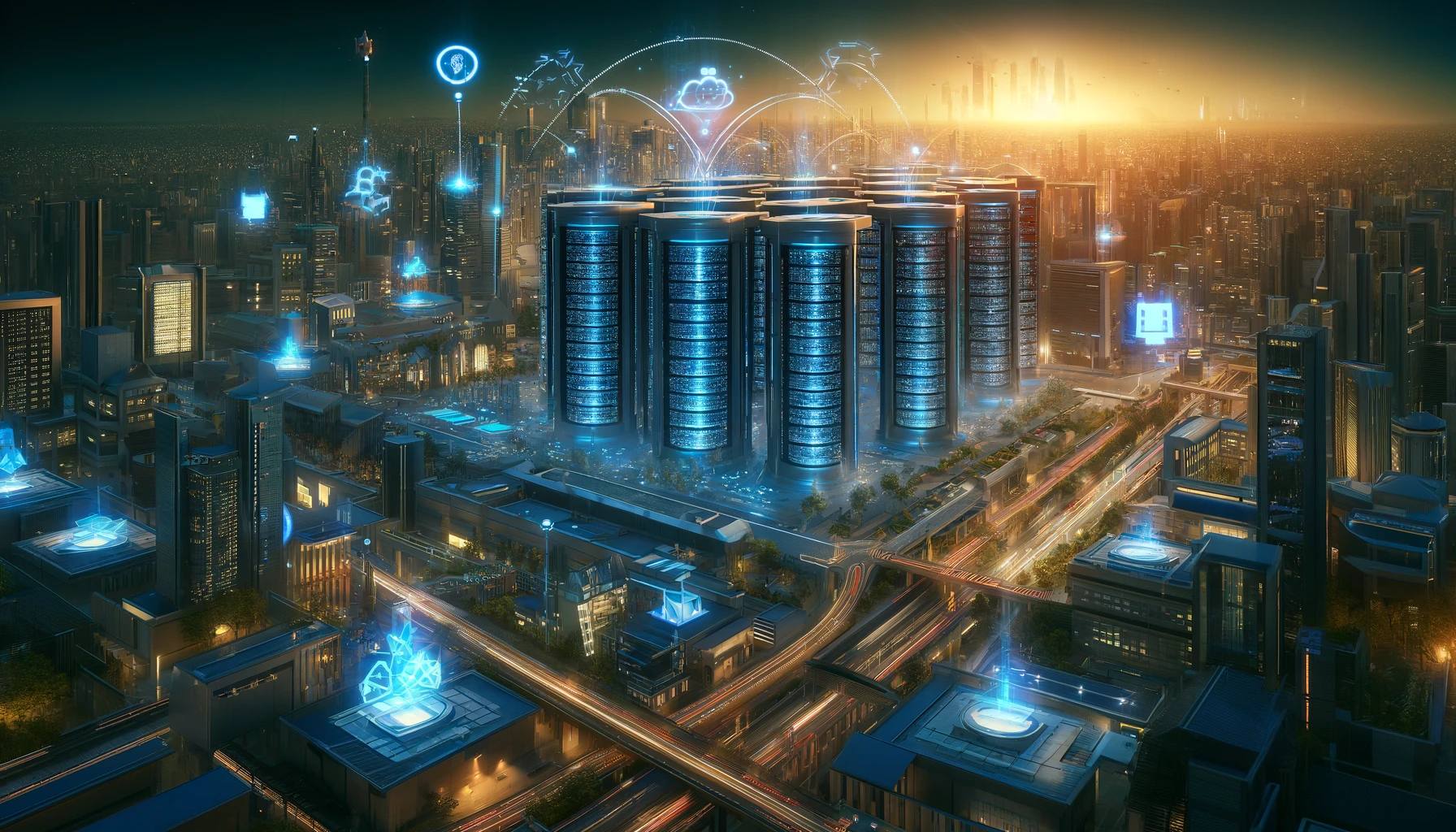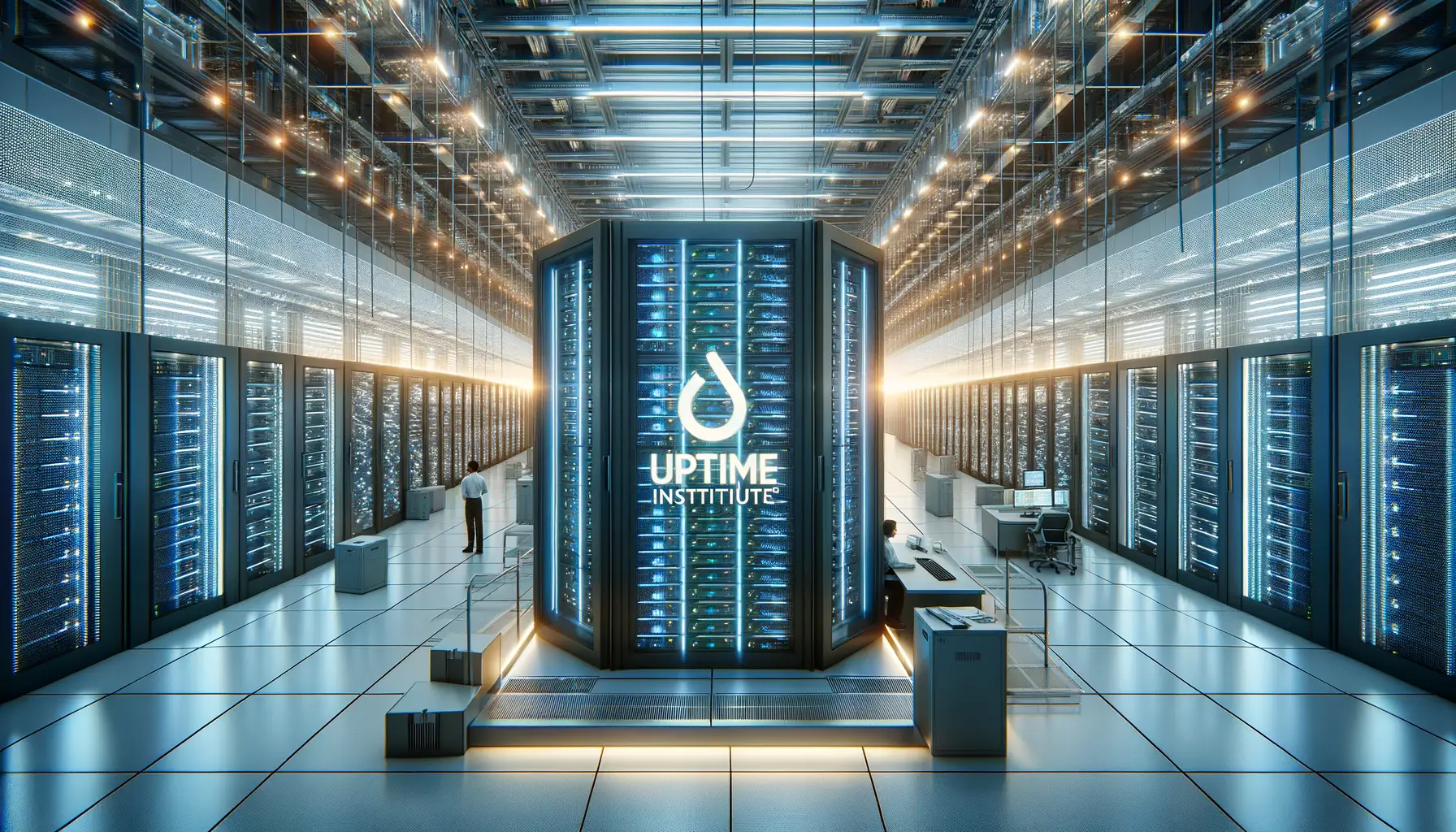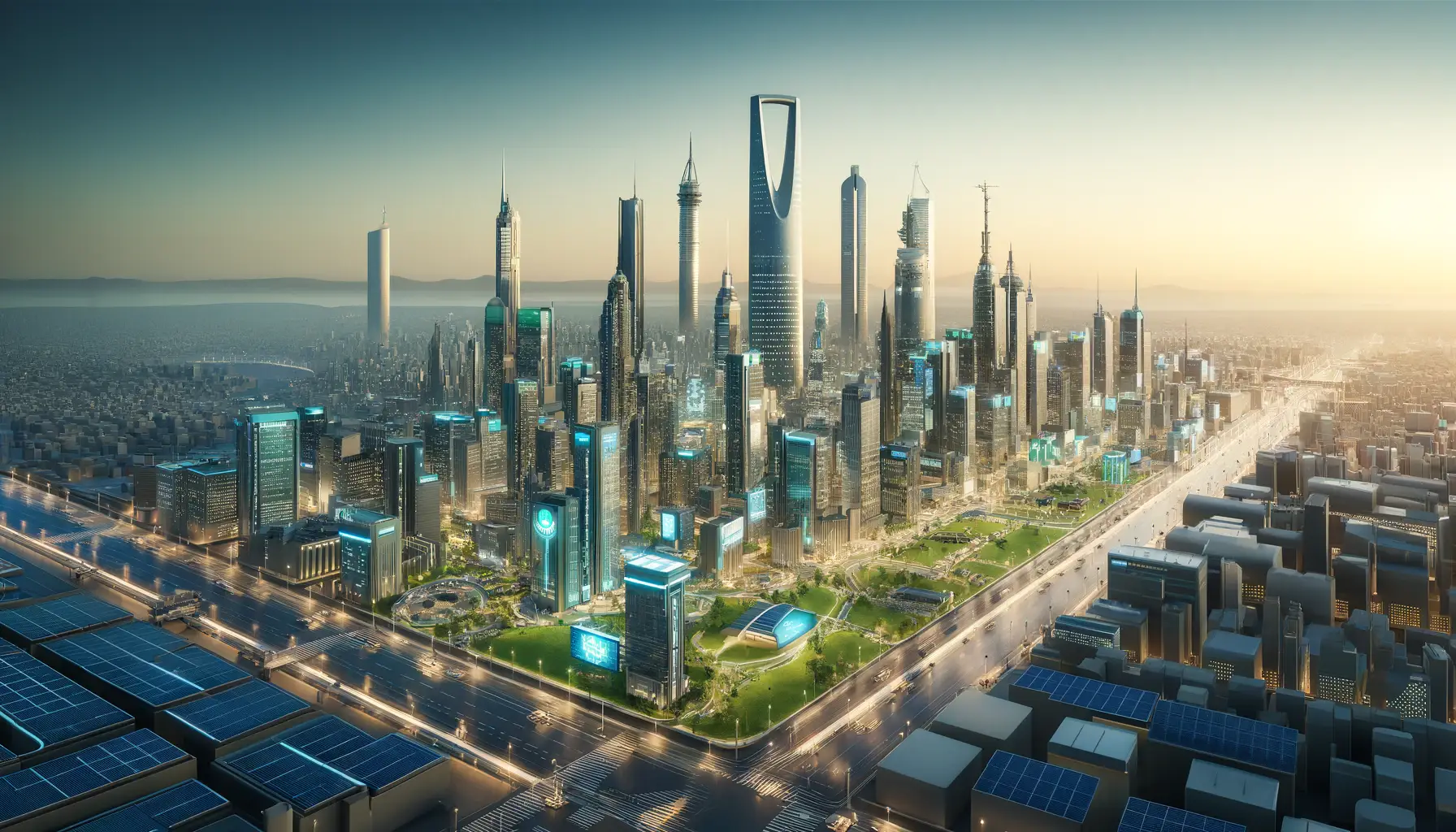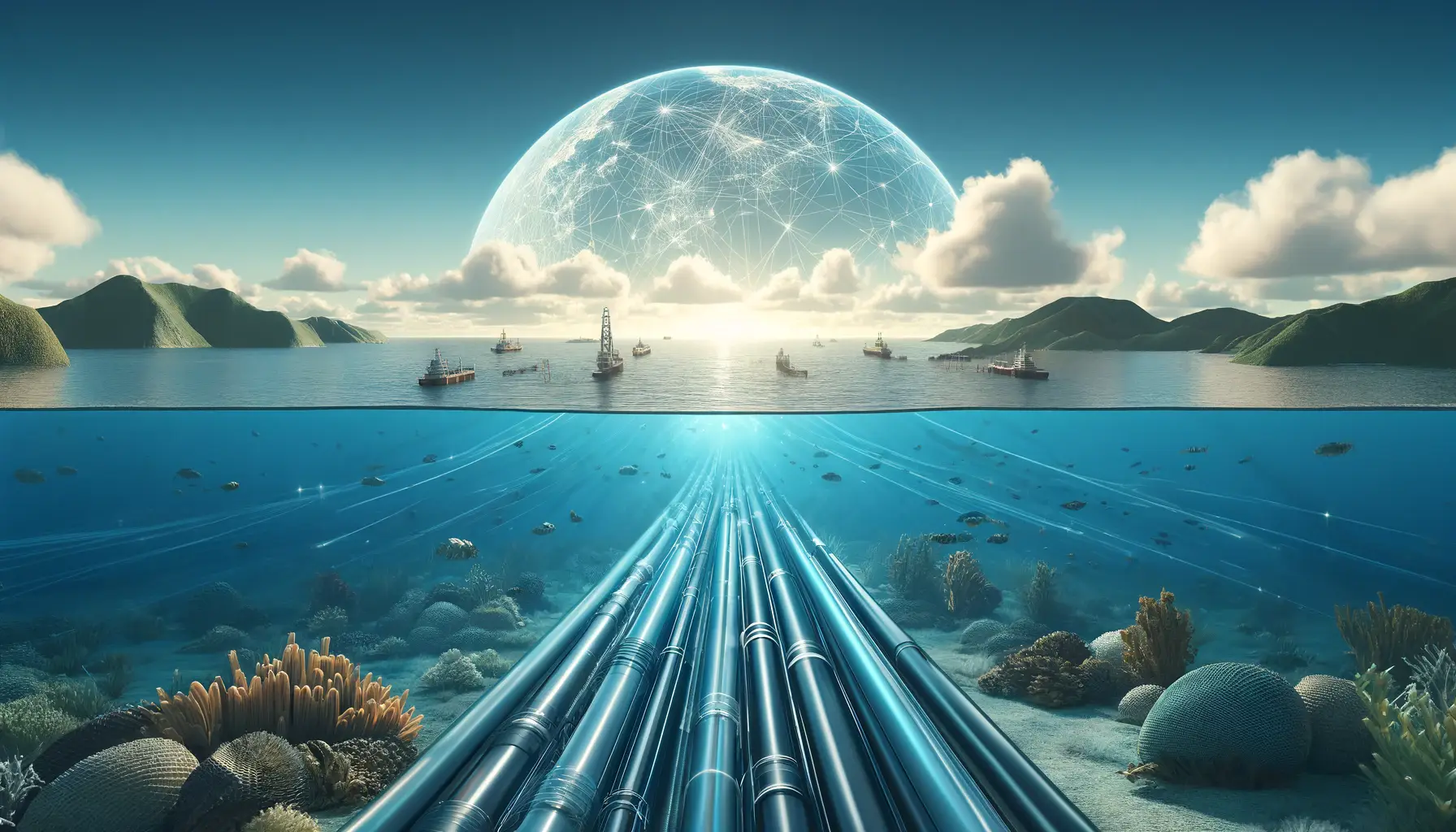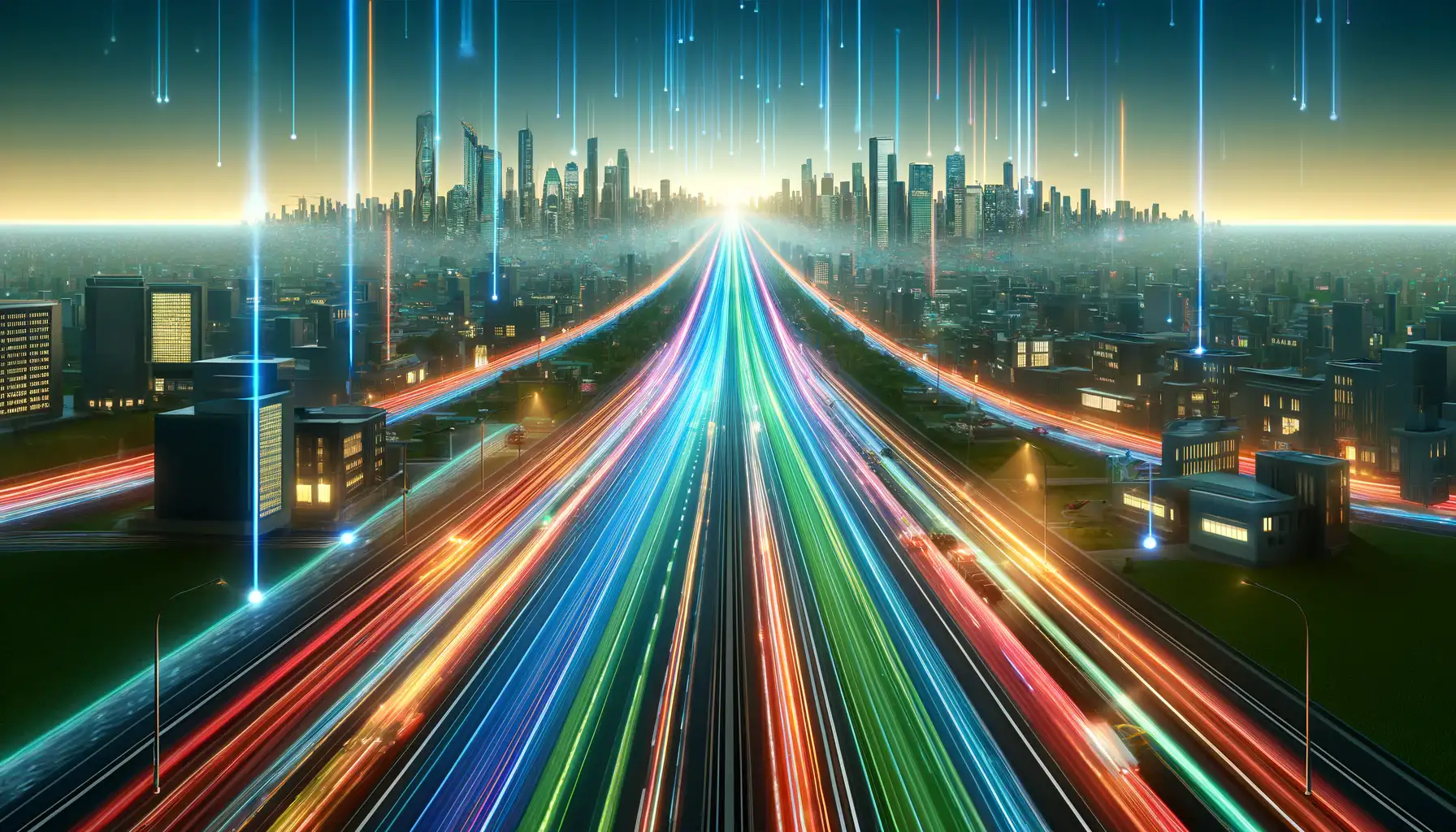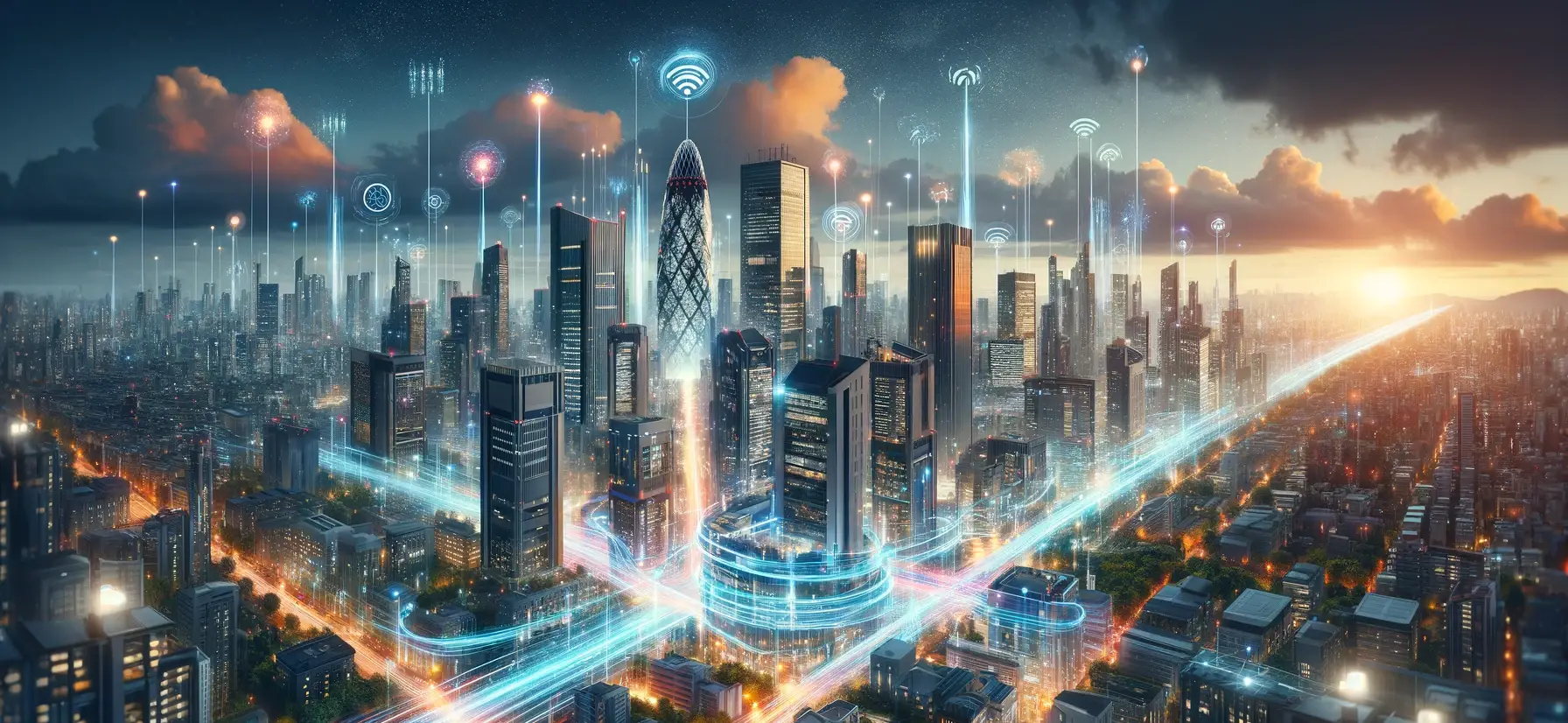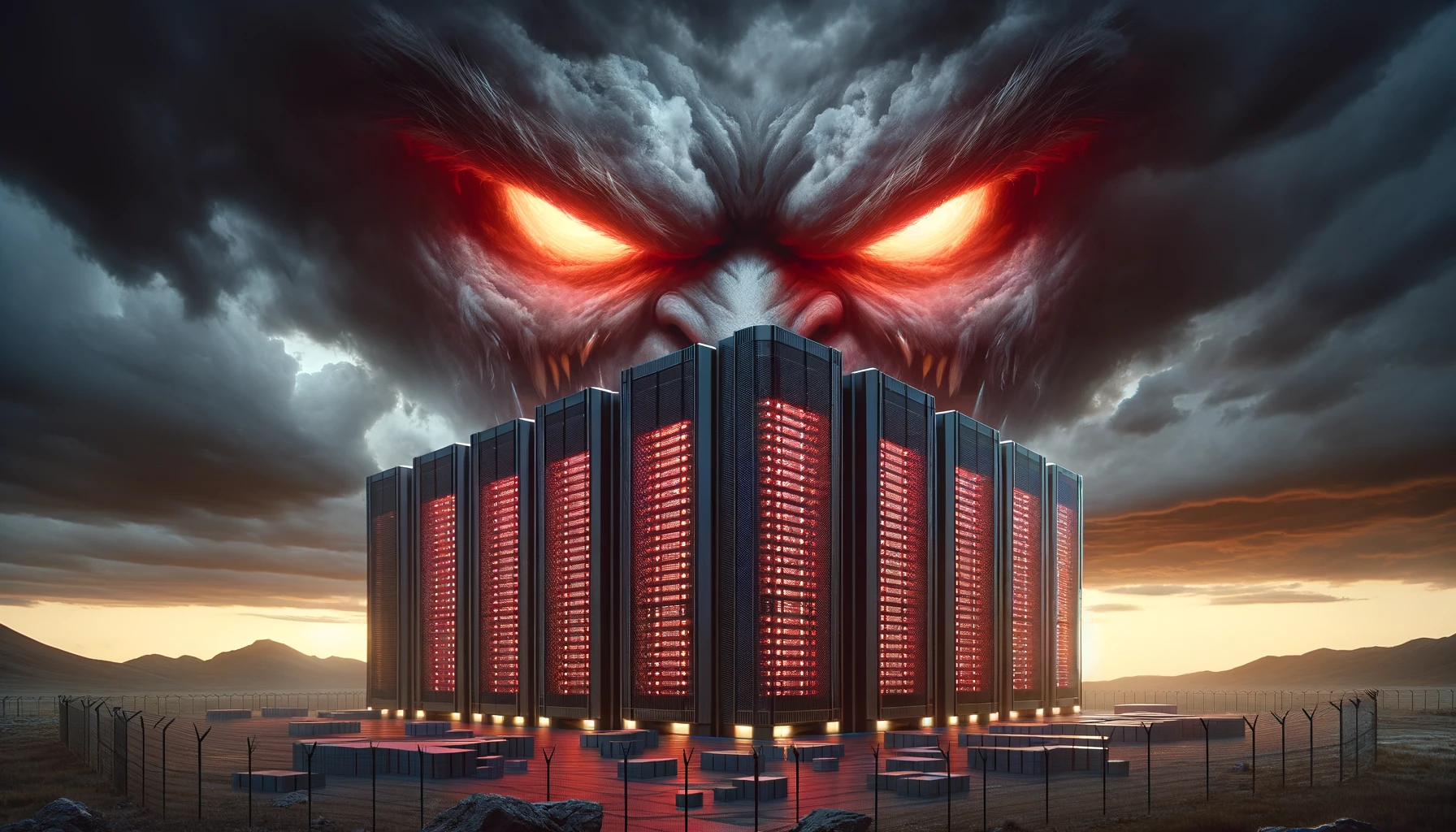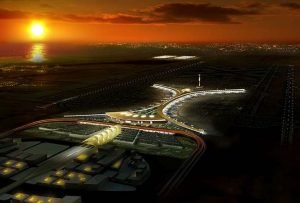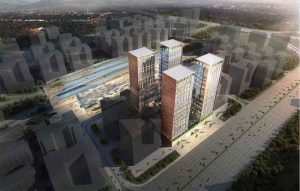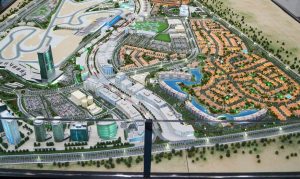The Looming Power Challenge and the Microgrid Solution
The evolution of technology is ceaseless, bringing about the age of big data, analytics, and AI, along with emerging applications such as IoT, autonomous vehicles, and the impending 5G/6G communications revolution. As a consequence, data centers—the beating heart of our digital ecosystem—are expected to undergo a substantial surge in electricity consumption by 2030, as indicated by our recent projections.
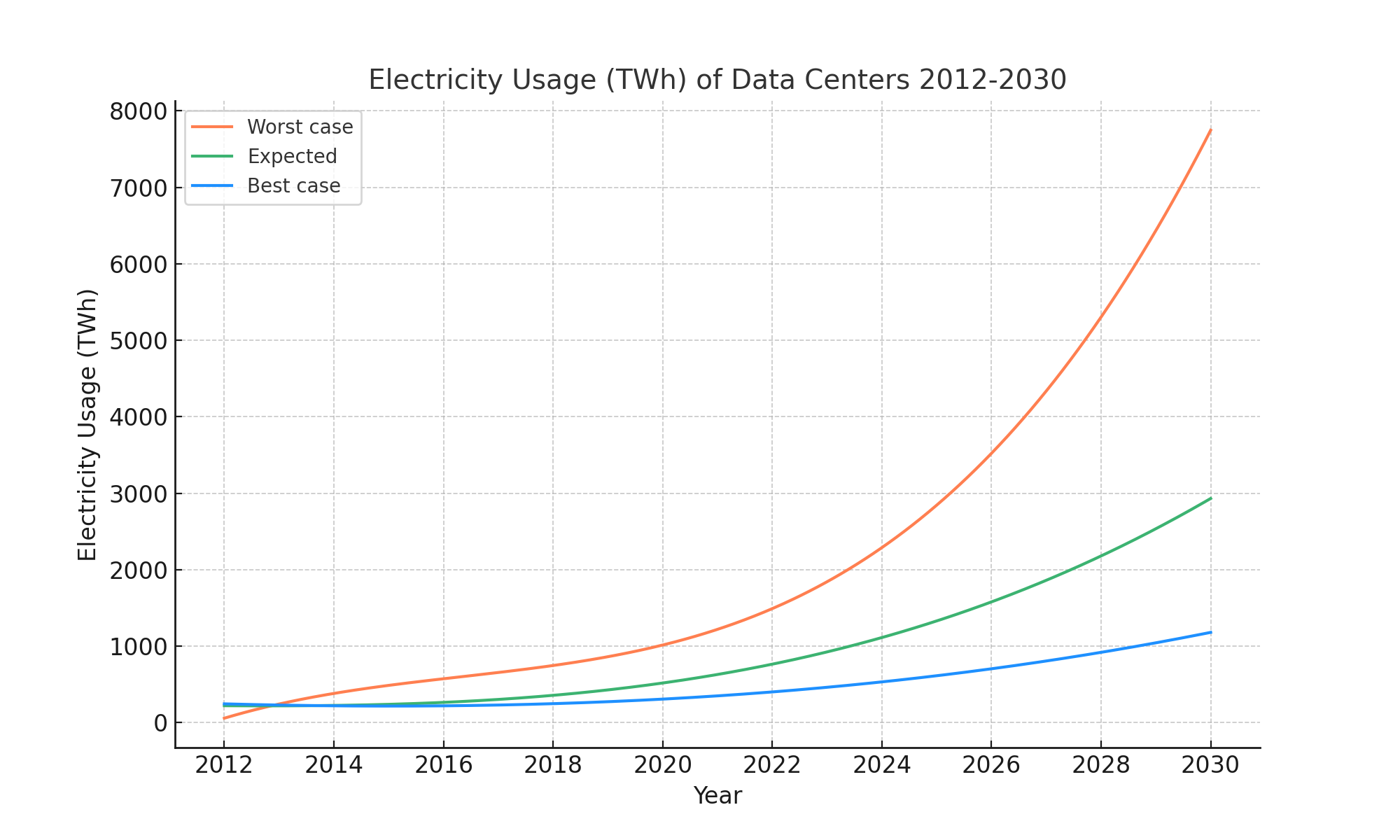
Traditional Infrastructure Under Strain
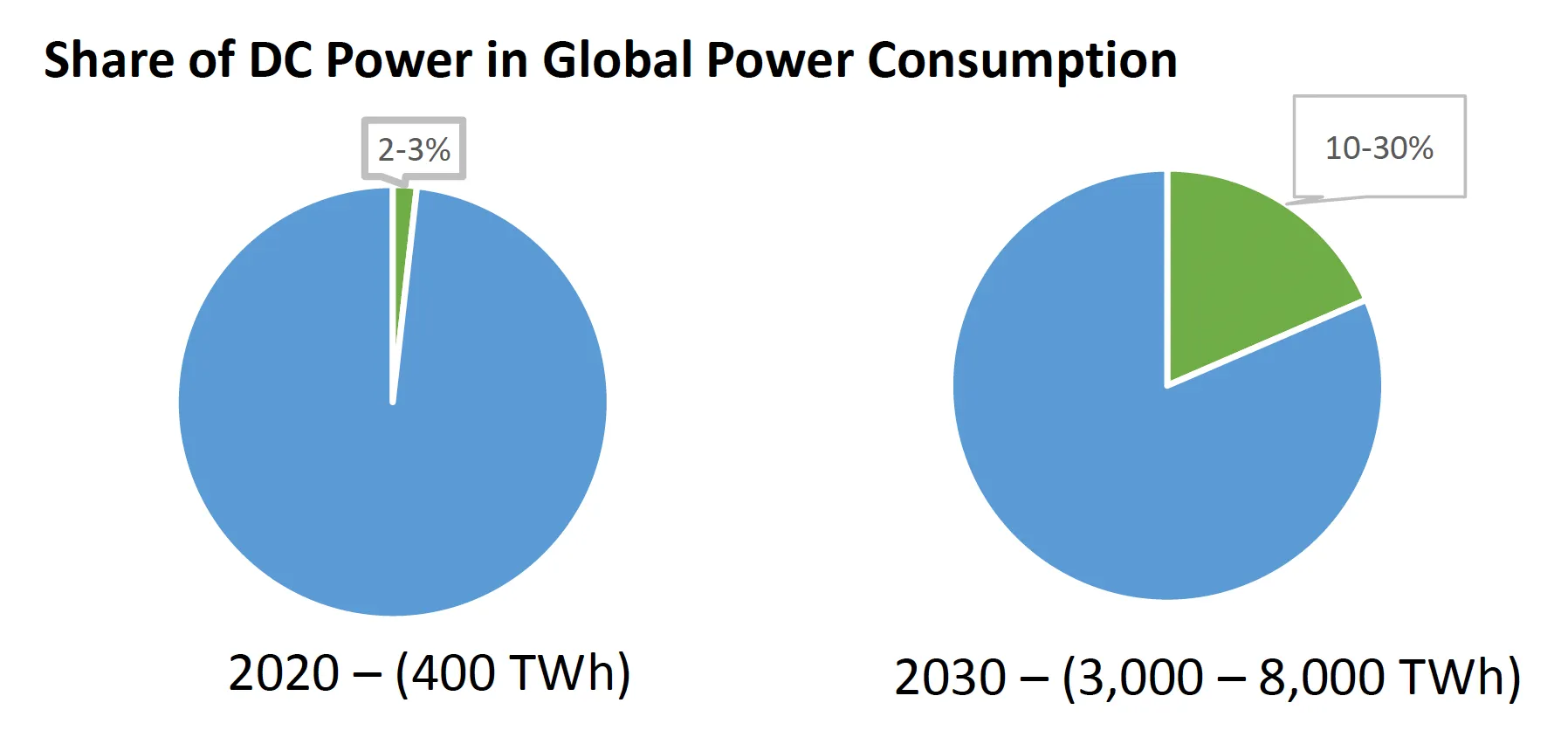
Microgrids: A Beacon of Innovation
Upgrading and reinforcing our existing power structures is not feasible at a pace that can match this unprecedented demand. Furthermore, halting the expansion and operational capabilities of data centers is not an option. The question then arises: How do we sustainably meet this burgeoning energy requirement?
Microgrids stand out as a beacon of innovation in this scenario. These localized energy grids, capable of operating autonomously from traditional city grids, could be the key to a sustainable, reliable power solution for data centers. The concept of microgrids is not merely confined to electricity generation but extends to cooling solutions, addressing two pivotal challenges faced by data centers.
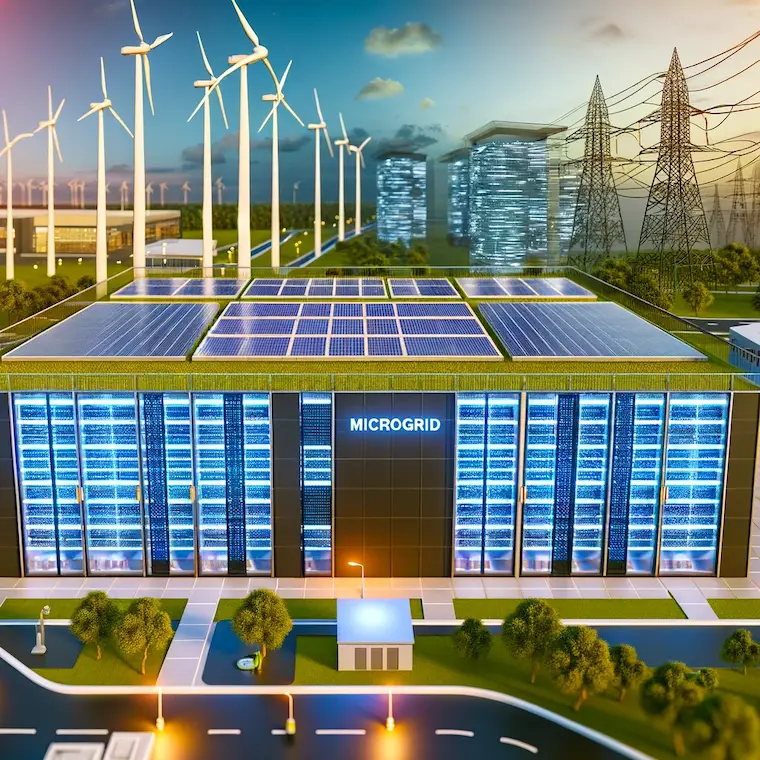
Building a Sustainable Future
Developers are now considering constructing their own microgrids, which allow them to generate and manage their energy use independently. Microgrids provide an excellent opportunity to incorporate a mix of renewable energies such as green hydrogen, green ammonia, biofuels, e-fuels, and fuel cells. This integration can occur right from the start or gradually during a transition phase aimed at achieving zero-carbon emissions. Such flexibility also enables the adoption of new energy trends swiftly, without the delays often associated with upgrading and decarbonizing national grids. This inherent flexibility advances sustainable energy solutions. Alternatively, infrastructure developers and investors have the opportunity to pioneer the development of dedicated microgrids for digital parks—centralized energy hubs for multiple data centers. This approach not only alleviates the load on city grids but also leverages diversity factors and maximizes efficiency without a direct connection to the city’s power infrastructure.
Enhanced Reliability and Availability
The deployment of microgrids can significantly enhance the reliability and availability of energy for data centers. With meticulous planning and design, the unique requirements of data centers can be fulfilled, ensuring operations proceed unhindered, without placing additional strain on other industries or the residential and commercial sectors.
Aligning with Smart City Visions
Moreover, the integration of microgrids aligns seamlessly with the vision of smart cities and smart city infrastructure. Centralized renewable energy generation and advanced cooling systems at one location offer greater efficiency and ease of integration with changing technologies, compared to individual solutions for each data center. The synergy between power generation and cooling in microgrids could also elevate the overall system efficiency beyond current limitations.
A Global Challenge and Localized Solutions
The scale of the challenge is monumental, akin to scaling the current electrical infrastructure of France several times over, on a global scale. In regions where the emergence and expansion of data centers are outpacing the growth of the underlying power infrastructure, the urgency for innovative solutions like microgrids is even more critical.
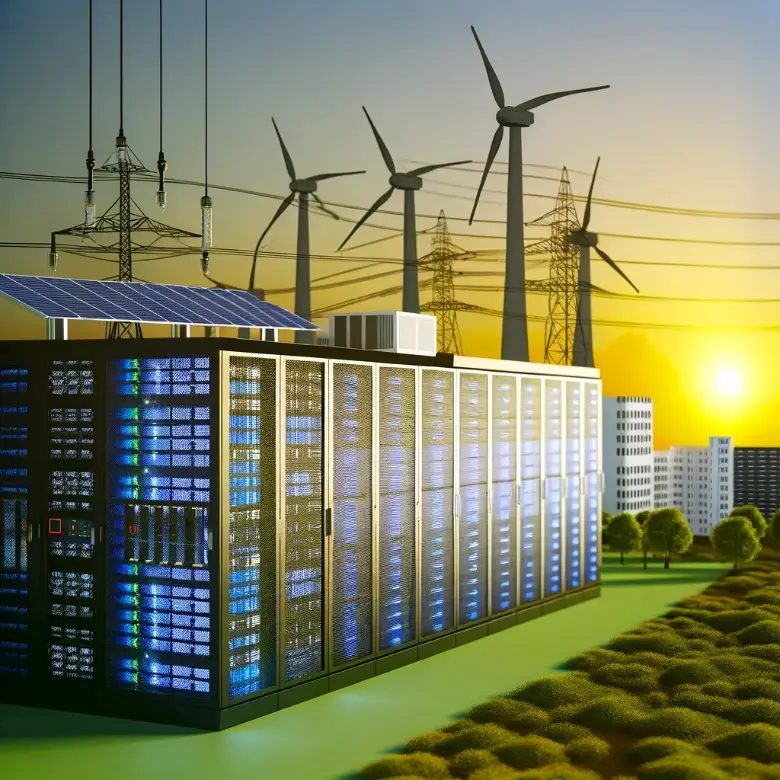
Conclusion: Microgrids for a Sustainable Future
Data Center Power Consumption FAQ
Data centers obtain their electricity from the general power grid, just like homes and businesses. However, there’s a growing trend for data centers to utilize renewable energy sources like wind and solar power. Onsite power generation and microgrid is another solution to power the data centers independantly from the grid.
TA microgrid for a data center is a localized energy system that can operate independently or in conjunction with the traditional power grid. It effectively provides the data center with a private, autonomous power network. This system typically integrates various sources of energy generation, such as solar panels and wind turbines, which is particularly beneficial for data centers due to their high energy demands. Microgrids enhance energy reliability and sustainability, offer more control over energy costs, and can significantly reduce a data center’s carbon footprint.
There are two main culprits for high energy consumption in a data center:
- Servers: Processing massive amounts of data requires a significant amount of electricity.
- Cooling Systems: Keeping all that equipment from overheating necessitates a lot of energy.
The two primary sources of power consumption in data centers are:
- IT Servers: Their constant operation for data processing demands a lot of energy.
- Cooling Systems: Maintaining cool temperatures to prevent overheating of equipment is another major energy consumer.
Estimates indicate that cooling systems in a typical data center can account for a significant portion of the total energy consumption, ranging from 15% to more than 50%. This percentage can vary depending on several factors, including climatic conditions, the adoption of passive cooling techniques, and the efficiency of the cooling infrastructure. In some cases, it may even reach up to 70% of the total electricity consumption.
The exact amount of energy a data center uses depends on several factors, including:
- Size of the facility
- Type and amount of equipment it houses
- Location and climate (impacting cooling needs)
- Large data centers can use over 100 megawatts (MW) of power, which is enough to supply tens of thousands of homes with electricity! On a global scale, data centers are estimated to consume around 1-1.3% of the world’s electricity.
There are several strategies to make data centers more energy-efficient:
- Upgrading equipment: Newer servers and storage devices are generally more energy-efficient.
- Smarter cooling: Implementing advanced cooling technologies can significantly reduce energy use.
- Renewable energy sources: Shifting to renewable energy sources like wind and solar power can minimize reliance on the traditional grid.
Since energy consumption fluctuates throughout the year, data center efficiency is often measured using Power Usage Effectiveness (PUE). A lower PUE indicates a more efficient facility. PUE takes into account the total energy used by the data center and divides it by the energy used specifically for the IT equipment (servers, storage, etc.).
The amount of energy required to power a data center varies depending on its size and operational needs. The answer can range from tens of kilowatts (kW) for a small facility to over 100 megawatts (MW) for a hyperscale data center.



